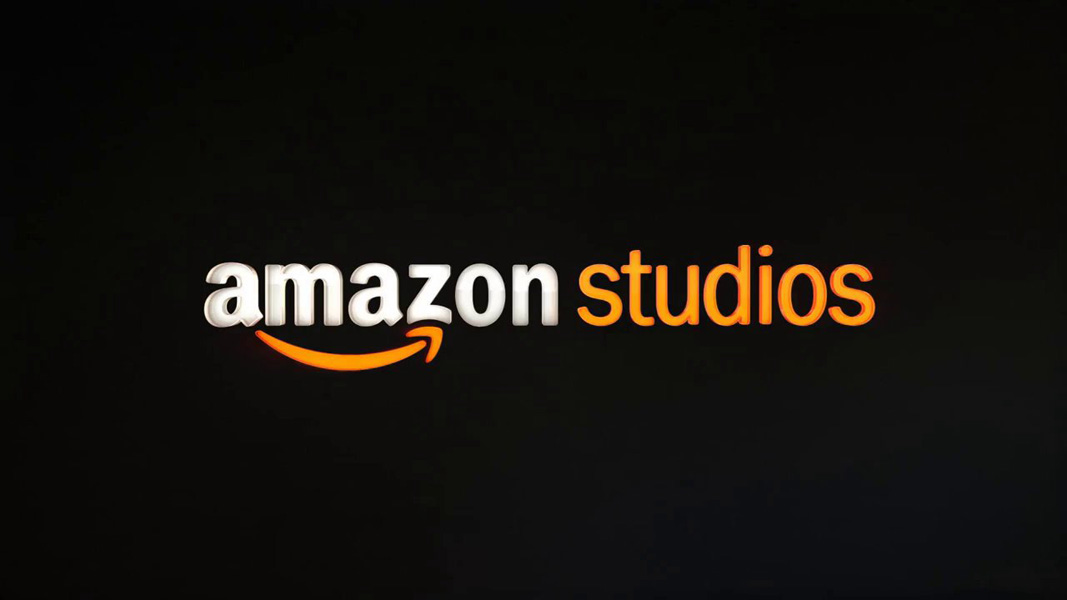
Amazon Studios relies on traditional distribution practices to foster greater collaboration with the gatekeepers of indie film.
Win Win
Amazon does not disrupt traditional distribution practices like Netflix; instead it uses existing film releasing models to its advantage.
For the nearly dozen films produced and/or financed by Amazon Studios each year (see table below for more), they will license all the rights, including theatrical, VOD, SVOD, premium and terrestrial television to international distributors outright.
Amazon will then license back the streaming rights for Amazon Prime using standard box office performance rate cards.
This creates an enormous incentive for the distributor to maximize box office receipts in order to receive larger licensing fees from Amazon.
Non-Disruption as Disruption
After the film has completed its initial exploitation in theaters and television on-demand, Amazon is then rewarded by the distributor’s diligence in releasing and marketing the film as widely as possible.
This strategy aligns Amazon’s interest with their international distribution partners, and goes a long way to explain why the industry’s gatekeepers do not deride Amazon the same way as Netflix. Obviously, the industry has more concerns about Netflix given the amount of content they are producing and releasing. This year Netflix plans to release 80 films.
According to Matt Newman head of Amazon’s international distribution, “the notion of an arrangement that offers the same rate to buyers keeps Amazon Studios’ partners whole, thus bucking a trend whereby streaming services, in retaining streaming and TV rights, were making it challenging for theatrical buyers to recoup, let alone earn a profit.”
The SVOD Film Licensing Series is the Industry’s Inside Source for What Global Streaming Services Pay for Films

Accurately value film streaming revenue by combining comprehensive data from multiple SVOD licensing agreements.
Benefit from nonpublic rates to uncover what streamers pay for films.
Amazon Case Study
A perfect example of Amazon’s acquisition model is found in the company’s most successful pickup to date, The Big Sick, which was a market buy rather than internally produced and financed film. During the 2017 Sundance Film Festival, Amazon signed several territories for The Big Sick.
Beyond the US, Amazon Studios acquired rights in the UK, Germany, Spain and Japan, among others, and then licensed all-rights to Studiocanal in the UK, Weltkino in Germany, Inopia in Spain and Gaga in Japan. In each case, Amazon then licensed back the streaming rights and continued working closely with the distributors on marketing and releasing.
Final Take
In matters of theatrical releasing, Amazon is more than willing to leave marketing and advertising to the expertise of local distributors. This model allows Amazon to build bridges with international distributors and content creators without disrupting traditional distribution practices.